Best Stocks to Buy Now
Our list of the best stocks to buy now reflects the lesson of the past few years: Be ready for anything.


Kiplinger's annual investing outlook, which includes the best stocks to buy, has been a feature for our readers since 2012.
As executive editor for Kiplinger's Personal Finance Magazine, I have authored the piece since then, surveying the stock market and economy and synthesizing my findings into key takeaways.
That's no small task, given the broad and dynamic nature of the market. Along with conducting plenty of research, I rely on my experience to draw out the most important trends and likely winners for the best stocks to buy.
I've covered this story for over a decade now, but I've been an investing writer for far longer. I've seen investors through a lot of bull markets and bear markets.
How you can choose the best stocks to buy
When investors are attempting to find the best stocks to buy now, they should look beyond factors such as company size (small-cap and large-cap stocks, for instance) or investing style (such as growth or value) and search for stocks of companies with consistent profits, good cash flow and other indicators that reflect quality.
"If a company generates more cash than it needs to run its business, it can do a number of useful things with it, such as pay dividends, buy back its stock, acquire other companies, expand its business and knock out its debts," writes Kiplinger contributor Will Ashworth on the importance of good cash flow.
While Kiplinger's outlook provides context and advice related to general market trends, it's important for individual investors to consider their own risk tolerance and time horizon when deciding what works best for them and their financial goals.
With that in mind, here are seven of the best stocks to buy now.
Data is as of April 23.

Best stocks to buy
When assembling this list of Kiplinger's best stocks to buy, we sought out high-quality companies that boast solid fundamentals such as strong earnings and revenue growth as well as free cash flow.
Free cash flow is the money left over after operating expenses and spending on assets.
Additionally, many of the names featured here can be considered some of the best value stocks as measured by their forward price-to-earnings (P/E) ratios.
The names on our list of the best stocks to buy vary by size and industry and are not meant to make up a diversified portfolio.
But all, for one reason or another, are well positioned to benefit over the next 12 months.
Company | Ticker symbol |
|---|---|
Becton, Dickinson | BDX |
Fiserv | FI |
Goldman Sachs | GS |
Kenvue | KVUE |
Lam Research | LRCX |
Spotify Technology | SPOT |
Vertiv Holdings | VRT |
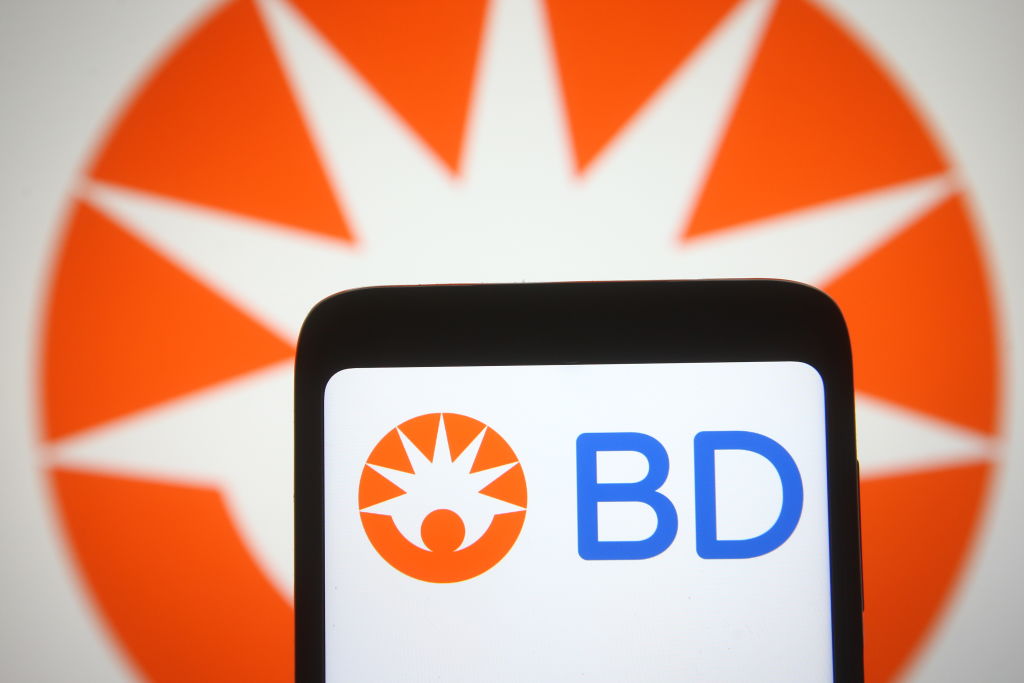
Becton, Dickinson
- Sector: Healthcare
- Market value: $58.1 billion
- Dividend yield: 2.0%
Becton, Dickinson (BDX, $202.32) makes single-use surgical products that are replaced regularly.
Morningstar analyst Alex Morozov says approximately 85% of the company's revenue is recurring. Think of the old analogy of blades providing the ongoing revenue stream for razor manufacturers.
Becton, says Morozov, is "a $40 billion-plus business of different blades."
That diversity has helped. While medical-device peers saw declines in their businesses over the past year, Becton's was stable, albeit flat.
At current prices, the health care stock trades at 16 times 2025 expected earnings – a discount to its historic price-earnings ratio and compared with its peers.
Analysts expect a 9.7% increase in 2025 earnings over 2024 levels. The shares yield 2.0%.

Fiserv
- Sector: Financials
- Market value: $121.9 billion
- Dividend yield: N/A
Fiserv (FI, $217.10) provides information-management and e-commerce systems for the financial services industry.
Shares are up 39.7% over the trailing 12 months, but a bullish following on Wall Street sees continued upward momentum for one of the best stocks to buy.
"We remain impressed with consistent improvement in operating margins," writes Argus Research analyst Stephen Biggar. Margin improvement "has enabled the company to consistently turn high single-digit revenue growth into mid-teens earnings per share growth."
Biggar reiterated his Buy rating on the financial stock and raised his 12-month price target from $223 to $255 after Fiserv reported fourth-quarter earnings in February.
FI trades at 33 times expected 2025 earnings per share – a discount compared to competitors, notes analyst Stephen Biggar at Argus Research.
It deserves a premium P/E ratio over peers, he says, "given its consistent double-digit earnings per share growth, operating-margin expansion and record of product innovation."
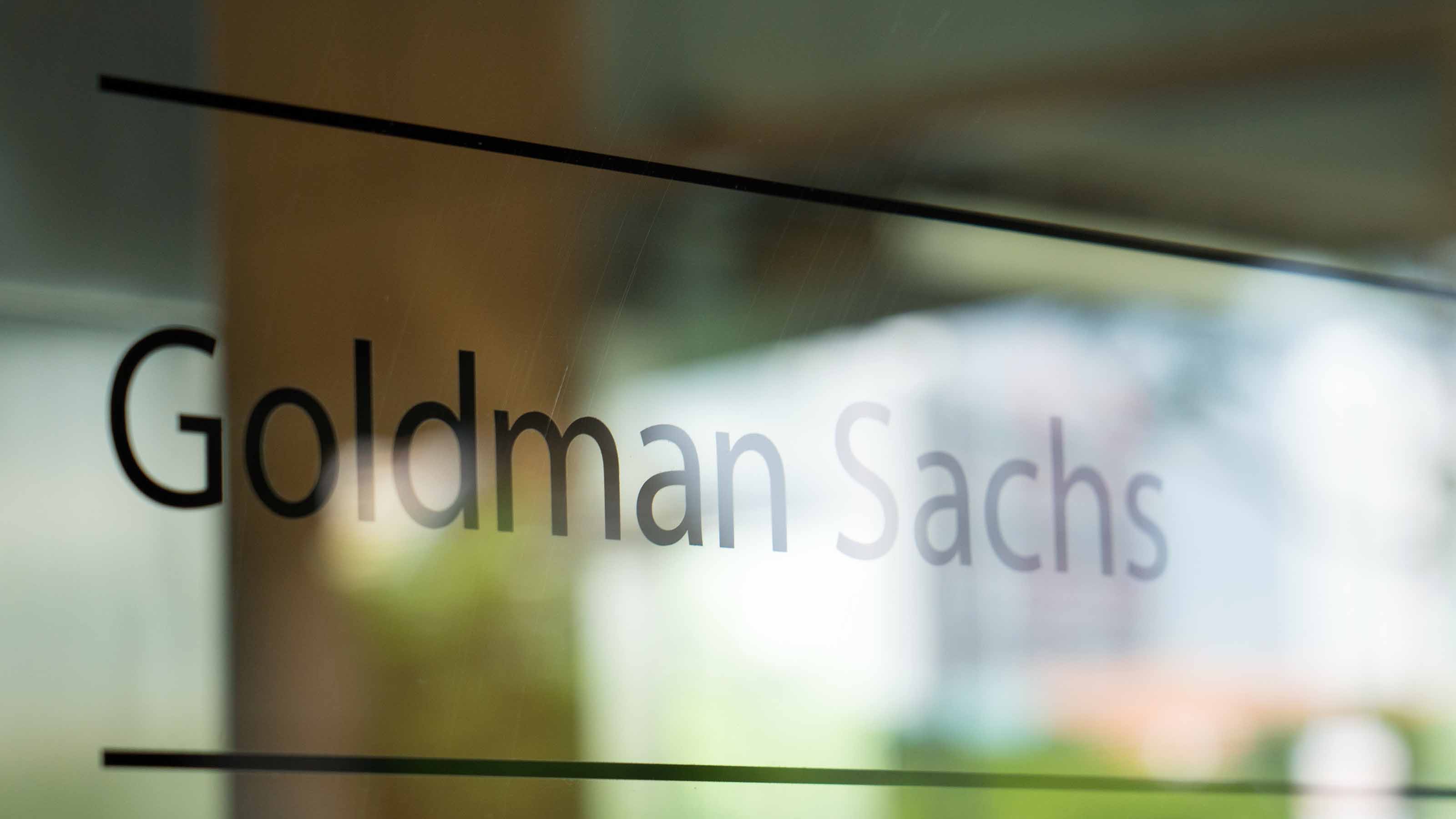
Goldman Sachs
- Sector: Financials
- Market value: $164.5 billion
- Dividend yield: 2.3%
Investment banks did well in 2024, but 2025 "will be even better," says Jay Hatfield, manager of InfraCap Equity Income Fund ETF, thanks in part to an expected increase in initial public offerings (IPOs).
That was before tariff-related uncertainty started to take its toll on markets and forecasts for economic activity.
But Goldman Sachs (GS, $529.31) has other pluses, including a growing wealth management business that pulled in record fees in 2024. And assets rose to a new high of $3 trillion.
Robust results have pushed the shares up more than 27% over the past 12 months, despite recent broad selling pressure.
And the blue chip stock trades at 13 times 2025 expected earnings, in line with its five-year average. Analysts expect annual earnings growth of 14% in 2025, and the stock yields 2.3%.
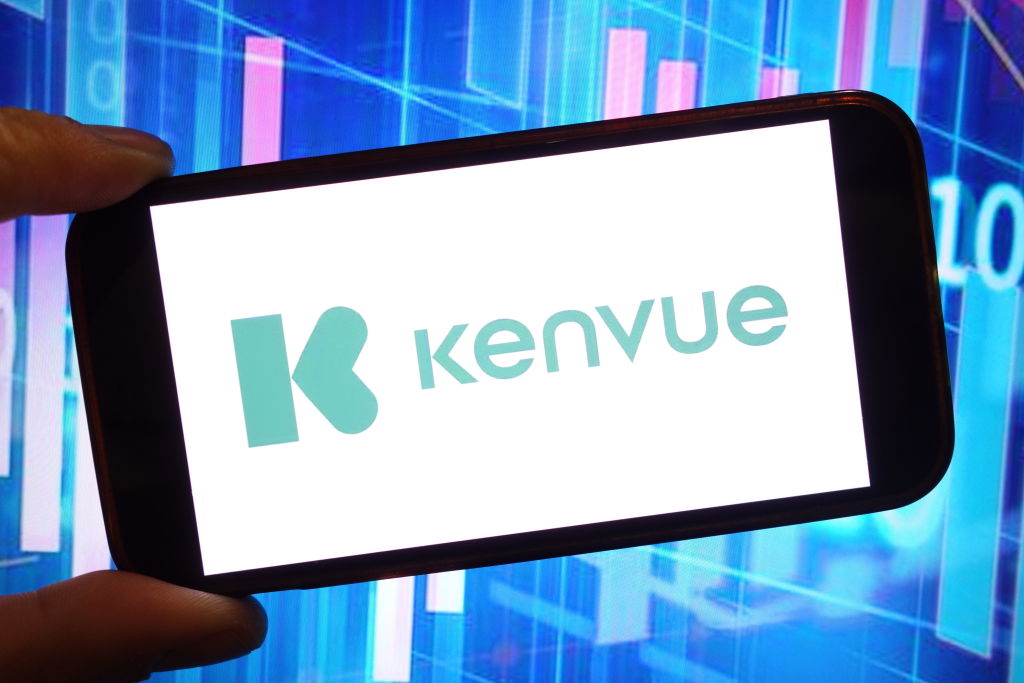
Kenvue
- Sector: Consumer staples
- Market value: $43.8 billion
- Dividend yield: 3.6%
Spun off from Johnson & Johnson in 2023, Kenvue's (KVUE, $22.94) brands include Band-Aid, Tylenol, Neutrogena and more.
The consumer staples stock trades at just 18 times expected 2025 profits, "mispriced for the portfolio they have," says T. Rowe Price Value fund manager Ryan Hedrick.
"There's an opportunity to improve growth, particularly in skin care," he says, noting that Kenvue's beauty line should benefit from being out of the shadow of a big pharmaceutical firm.
The analyst sees revenue growth of 3% to 4% a year and earnings growth of 6% to 8%. The stock yields 3.6%.
"There's reason to believe this stock will be a better version of itself over time," says Hedrick.

Lam Research
- Sector: Technology
- Market value: $85.7 billion
- Dividend yield: 1.4%
Shares in Lam Research (LRCX, $66.73), which makes semiconductor manufacturing equipment, are down substantially from their July 2024 high due to concerns that the U.S. might curb exports on chip technology and worries stemming from poor results from a big competitor.
The pullback provides a nice entry point for investors seeking out the best stocks to buy.
"Artificial intelligence will continue to fuel demand for semiconductors, and everything is becoming more and more digital," says John Buchanan, editor of The Prudent Speculator.
Analysts expect double-digit earnings growth in both 2025 and 2026.
And one of Wall Street's best stocks to buy trades at 22 times expected 2025 profits – a discount to the typical maker of semiconductor wafer fabrication equipment.

Spotify Technology
- Sector: Communication services
- Market value: $121.3 billion
- Dividend yield: N/A
Spotify Technology (SPOT, $592.70), a leading DJ of America's playlists, is spinning into profitability in 2025.
The independent music streamer is a "top pick" from Morgan Stanley Research.
The stock price more than doubled in 2024 as the company flexed in big ways: raising prices after years of holding them effectively flat; realizing savings after a headcount reduction in 2023; and unlocking earning power by launching audiobooks and offering a bundled service.
Morgan Stanley analysts see earnings of $5.10 a share in 2024 and $7.70 in 2025, compared with a loss of $2.73 in 2023.
Their 12- to 18-month price target for the stock is $670, implying 13% upside from its recent closing price.
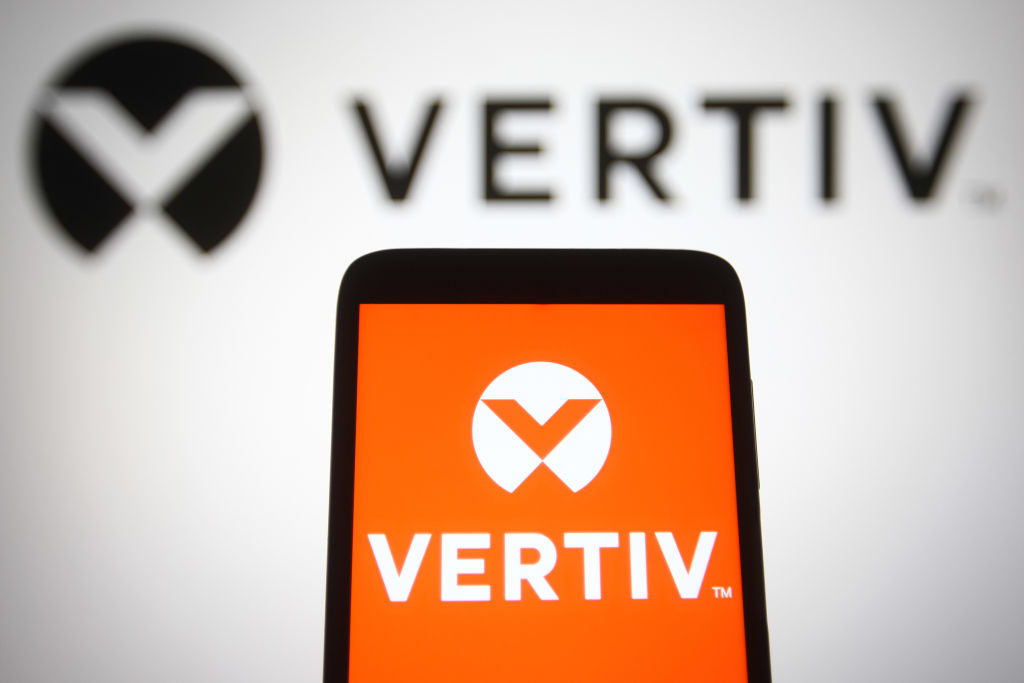
Vertiv Holdings
- Sector: Industrials
- Market value: $29.7 billion
- Dividend yield: 0.2%
Vertiv Holdings (VRT, $78.00) is an industrial firm specializing in digital infrastructure and also makes components such as coolers needed to keep big data centers and AI computers operating.
Vertiv's cooling systems, which pipe liquids into plates or tanks surrounding computers, are more effective than systems that just blow cold air, using less electricity and allowing computers to be packed more densely together, says Jefferies analyst Saree Boroditsky.
That advantage, plus a new partnership with Nvidia (NVDA), could push revenues for one of Wall Street's best stocks to buy up from an expected $7.7 billion in 2024 to $10 billion in 2025, she says, while 2025 profits jump 30%-plus.
Vertiv shares sold off in early 2025 after soaring in 2024 and now trade at 24 times expected 2025 earnings.
Boroditsky's 12-month target for the stock is $145, implying upside of 86%.
Note: These stock picks first appeared in Kiplinger's Personal Finance Magazine, a monthly, trustworthy source of advice and guidance. Subscribe to help you make more money and keep more of the money you make here.
Related content
Get Kiplinger Today newsletter — free
Profit and prosper with the best of Kiplinger's advice on investing, taxes, retirement, personal finance and much more. Delivered daily. Enter your email in the box and click Sign Me Up.

Anne Kates Smith brings Wall Street to Main Street, with decades of experience covering investments and personal finance for real people trying to navigate fast-changing markets, preserve financial security or plan for the future. She oversees the magazine's investing coverage, authors Kiplinger’s biannual stock-market outlooks and writes the "Your Mind and Your Money" column, a take on behavioral finance and how investors can get out of their own way. Smith began her journalism career as a writer and columnist for USA Today. Prior to joining Kiplinger, she was a senior editor at U.S. News & World Report and a contributing columnist for TheStreet. Smith is a graduate of St. John's College in Annapolis, Md., the third-oldest college in America.
- Kim ClarkSenior Associate Editor, Kiplinger's Personal Finance
- Nellie S. HuangSenior Editor, Kiplinger Personal Finance Magazine
-
 Running Out of Money in Retirement: Nine Steps to Reduce the Risk
Running Out of Money in Retirement: Nine Steps to Reduce the RiskQuit worrying about money and enjoy a carefree retirement. Sounds good, right? Well, if you follow these nine steps from a financial adviser, you could be on your way to that goal.
-
 I'm a Financial Planner: Here Are Five Lesser-Known Ways to Avoid Estate Tax
I'm a Financial Planner: Here Are Five Lesser-Known Ways to Avoid Estate TaxThe clock is ticking on the estate and gift tax provisions in the Tax Cuts and Jobs Act, so the sooner you act on removing assets from your estate, the better.
-
 Running Out of Money in Retirement: Nine Steps to Reduce the Risk
Running Out of Money in Retirement: Nine Steps to Reduce the RiskQuit worrying about money and enjoy a carefree retirement. Sounds good, right? Well, if you follow these nine steps from a financial adviser, you could be on your way to that goal.
-
 I'm a Financial Planner: Here Are Five Lesser-Known Ways to Avoid Estate Tax
I'm a Financial Planner: Here Are Five Lesser-Known Ways to Avoid Estate TaxThe clock is ticking on the estate and gift tax provisions in the Tax Cuts and Jobs Act, so the sooner you act on removing assets from your estate, the better.
-
 Is a Silent Wealth Killer Stalking Your Retirement?
Is a Silent Wealth Killer Stalking Your Retirement?Poor tax planning can drain your retirement of tens or even hundreds of thousands. Stop the bleeding with a laser focus on tax efficiency.
-
 Put Time on Your Side With This Simple Retirement Strategy
Put Time on Your Side With This Simple Retirement StrategyA financial professional recommends thinking in terms of three financial stages — active years, slower-paced years and later years — assigning each one a unique bucket of investments.
-
 Stock Market Today: Investors Weigh Weekend Negotiations
Stock Market Today: Investors Weigh Weekend NegotiationsInvestors, traders and speculators will look to Switzerland for answers about the most compelling issue confronting global markets.
-
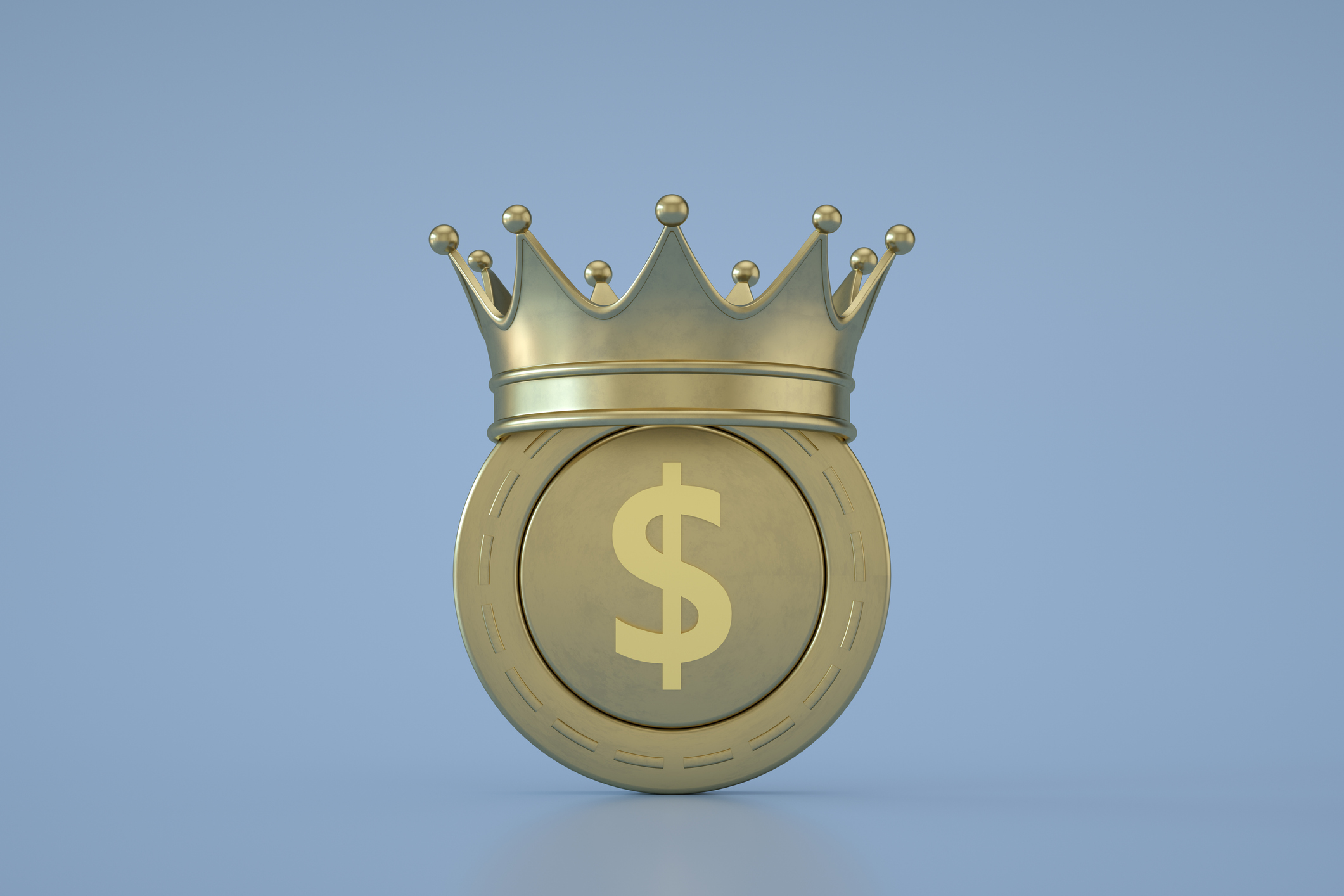 NOBL: An ETF For Dividend Aristocrats
NOBL: An ETF For Dividend AristocratsThe S&P 500 Dividend Aristocrats index consists of companies that have increased dividends for at least 25 consecutive years — and only one U.S. fund tracks it.
-
 Five Opportunities if You're in the 2% Club in Retirement
Five Opportunities if You're in the 2% Club in RetirementIf you're among the 2% of the population with both a pension and $1 million or more saved, you're in a unique yet complex position as you approach retirement.
-
 I'm an Insurance Expert: This Is How You Get the Right Insurance Coverage at the Right Price
I'm an Insurance Expert: This Is How You Get the Right Insurance Coverage at the Right PriceFirst, you have to know what you want and ask the right questions of the right professional. This insurance pro explains exactly how to do that.
